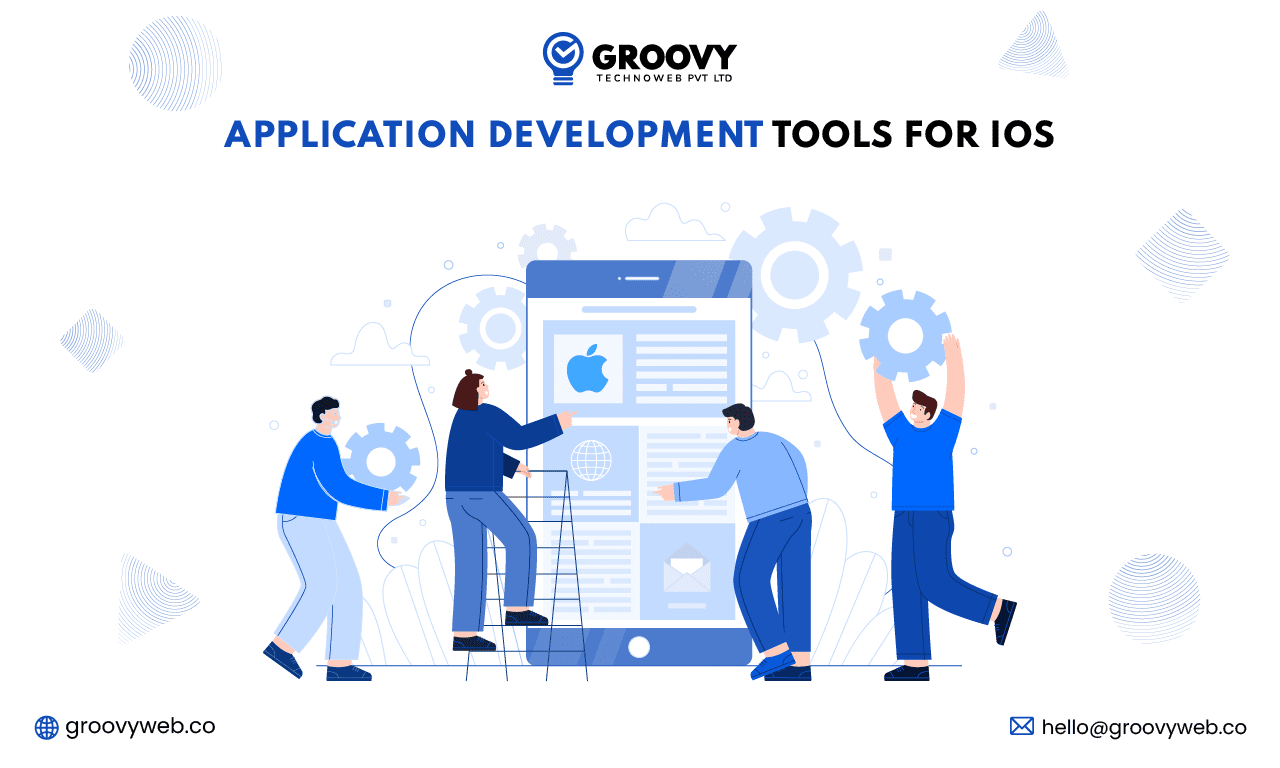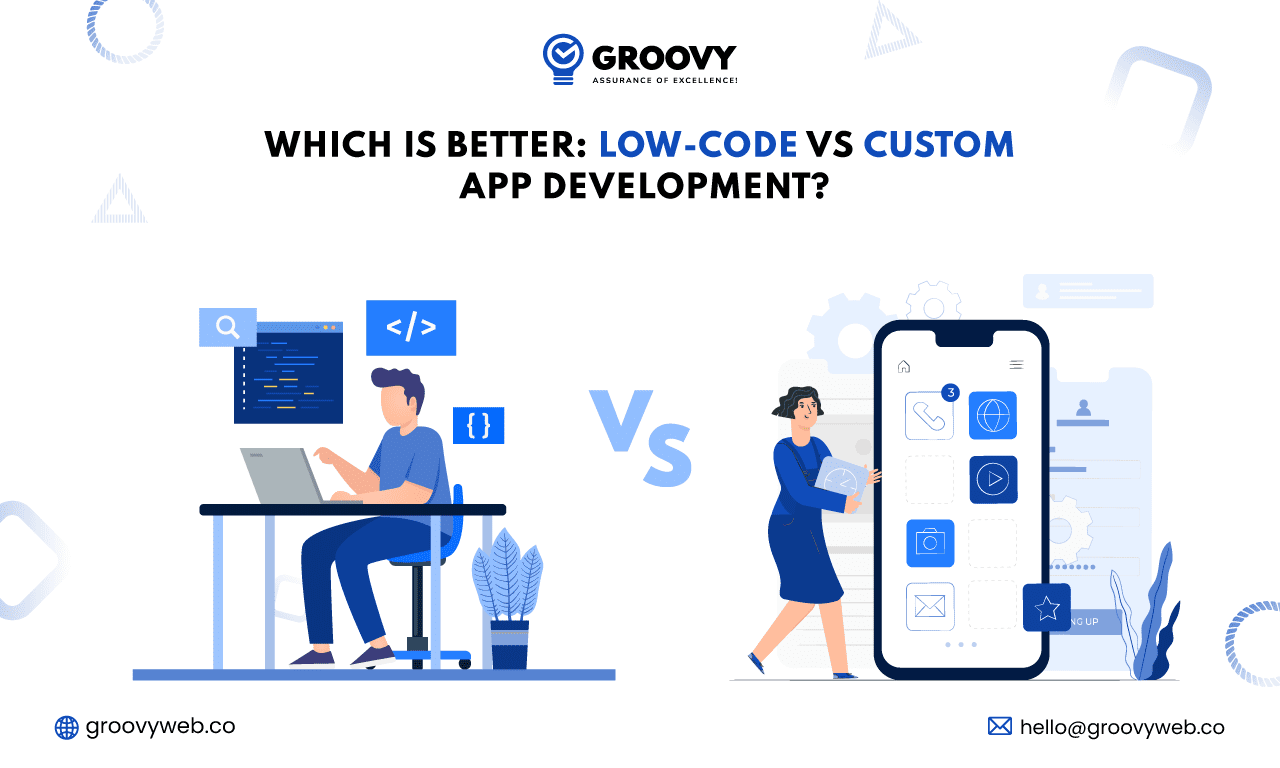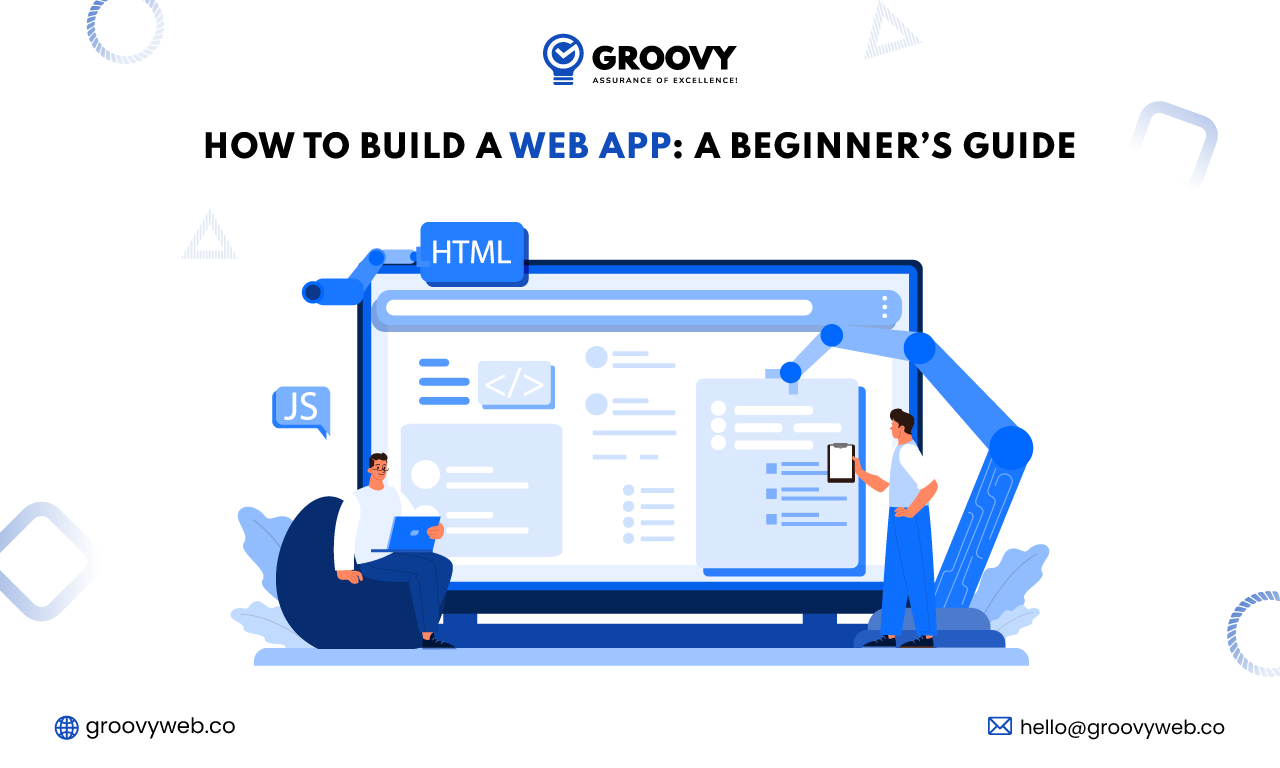Best iOS App Development Tools for Startups
Rahul Motwani
April 30, 2022 891 Views
Quick Summary : What are the tools are best to develop an iOS application? Here a quick review where you can find the best tools for ios app development for startups.
No one can deny that using iOS app development tools, such as the integrated development environment (IDE) and iOS SDK, aids in producing desired results. Using compiled code and software packages, iOS tools enable full-fledged applications.
The use of tools can make the application development process go more smoothly. IDEs, templates, APIs, data synchronization, and analytics are all included in app development tools.
In addition, tools make the process of integrating backend services easier. It provides a visual development environment and aids in the iOS app creation cost.
Now, let’s talk about the best tools to use when designing iOS apps. We’ve listed the top 12 tools to create an ios app.
1. Apple’s Xcode (IDE & Editor)
Xcode, like Objective-C, was Apple’s first integrated development environment (IDE). Xcode is a programming language for macOS, iOS, iPadOS, watchOS, and tvOS introduced in 2003. It is an essential ios app development tool that gives mobile app development agency a unified process for coding, testing, debugging, and designing user interfaces. For developers, learning Xcode is vital since it aids cross-device development. It has several advanced features, including:
- Tools for analyzing instruments
- SDKs that are currently available
- Make your code analysis instruments.
- Interface Builder and SwiftUI
- Compilers for Swift, C/C++, and Objective C
2. The CodeRunner (IDE & Editor)
CodeRunner is useful for developers because of its ability to compile code. It may be used to develop robust and sophisticated apps. CodeRunner is a lightweight programming language that supports 25 languages. It has a built-in console, a powerful text editor, and customizable key binding. Developers can check for errors in real-time and design more efficient code without interfering with the actual app code. AppX, PhoneGap, Fabric, and AppCode are some CodeRunner options to consider.
3. Swift (Programming Language)
Swift is an Apple core programming language that was first introduced in 2014. It has some compelling advanced capabilities, especially compared to other languages like C, Java, and C++. Swift was created to make code easier to read and write. Swift has the following features:
- The flow of advanced control
- A language that is both memory and type-safe
- Automated memory management
- Error handling that works
- Programming in the functional sense
- Inferred types are supported.
Swift will undoubtedly become Apple’s primary programming language in the future. According to Apple, It is also 2.6 times faster than Objective C; therefore, it’s a good idea to learn mobile app development and master it before getting into app development.
4. Objective-C (Programming Language)
Objective-C, the original language named Steve Jobs, is a descendant of C’s programming language. The structure and syntax of Objective-C are comparable to those of C. Most developers are already familiar with the language C making this language simple to learn and master. Some of its essential characteristics include:
- Object-oriented, general-purpose programming language
- Encapsulation, data hiding, inheritance, abstraction, and polymorphism are all supported.
- Exception handling and operator overloading are both supported.
5. Flawless (App Design)
Flawless enables developers to complete iOS app creation, analysis, comparison, and execution activities. The developer can create dynamic designs, take animated screenshots, and test motions and animations.
Flawless comes pre-installed with Xcode, making it a popular choice among developers. It supports Zeplin files, Quick hotkeys, and long-screen designs, among other things. It also doesn’t necessitate any additional setup, configuration, or connection to third-party libraries. Hyperion, Haiku, and Figma are other app design tools to consider.
6. RxSwift (Libraries)
It’s one of the most helpful library resources available. RxSwift is a reactive programming framework for working with the Swift programming language. For event-based and asynchronous programs, RxSwift employs functional type operators. Asynchronous programming enhances the application’s performance and responsiveness. RxSwift allows code to react to and handle data in a clean, scheduled, and sequential manner. It provides code to run in parallel, boosting the application’s capabilities.
7. AlamoFire (Libraries)
Another library that developers can utilize to create iOS apps is AlamoFire. It’s an HTTP-based network library that acts as a replacement for Apple’s networking stack. It’s built entirely in Swift and can handle web requests and responses on iOS and macOS. It also offers JSON parameter and response serialization, network enhancement, authentication services, and many other capabilities in addition to HTTP methods. The Alamofire Software Foundation has developed several libraries to bring new functionality and capabilities.
8. Parse (Backend Services)
It is an open-source platform that provides a mobile backend-as-a-service model. Facebook open-sourced parse before it was shut down. It has evolved into an open-source community with its blog, documentation, and discussion board. Developers may use Parse to store data in the cloud, handle push alerts dashboards, and run custom code. For fastening up the pace of software development, Parse was named one of the top 50 innovative firms of 2013. Some of the company’s backend tools
- Object and file storage in the cloud
- The ability to integrate social media
- Hosting and analytics for Parse
- Logging in using your identity
- In the backend, write custom code.
9. IOS Console (Debugging)
The IOS Console is a free console log reader for the macOS platform that allows developers to examine and download console logs for their devices directly.
To facilitate textual filtering and make it easy for developers to discover a specific log message.
10 CocoaPods
CocoaPods Library is a well-known dependency manager for Swift and object-oriented C programming languages. It comes with over 58,000 libraries and is designed specifically for scaling iOS app development projects. CocoaPods is an open-source community that contains over 1000 different code library combinations.
11 Raygun (Debugging)
It is a debugging tool with its SDK and offers smart alert and reporting services to pwa iOS app developers. Crash reporting, user monitoring, user tracking, deployment tracking, and interfaces with other applications are available for mid and large enterprises across various industries.
12. SDWebImage
SDWebImage is an asynchronous iOS image download library with a non-current picture downloading capability that should be included in any iOS app development project. It enables caching and can support PNG, JPEG, and GIF image locations, making it simple to create iOS applications.
Want to Grow As an iOS App Developer?
In today’s modern world IT industry is constantly changing, with new technologies, tools, and software being developed regularly. Working with different languages and tools is essential for iOS developers. For the past decade, the opportunities for developers have been expanding. Because Apple sells and uses a large percentage of smartphones, iOS developers have witnessed a considerable increase in demand, breadth, and pay scale. Employers appreciate developers knowledgeable in Swift, cross-platform app development, and a wide range of tools.
It’s just as vital to know how to use Interface Builder to develop an interactive interface, use a code versioning system, a better app-building strategy and what frameworks to use.
Although the tools listed above are among the best, they are by no means comprehensive. To create iOS apps that are smooth, dynamic, and reactive. You may study and master various powerful programming tools. Learning Apple’s devices and programming language is the most excellent place to start. You’ll have a more profound knowledge of how iOS app development varies from Android app development. It’ll make it easier for you to move to other development tools because you will have a solid foundation to work with or appoint an ios app development company.
Written by: Rahul Motwani
Rahul Motwani is an experienced Project Manager with a demonstrated history of working in the information technology and services industry. He started his career as a Backend developer and currently has his hands-on managing projects at Groovy Web. He is a strong program and project management professional with a Bachelor's degree focused on Computer Application.
Related Blog

Kartik Bhaviyash
GoodFirms Considers Groovy Web As A Reliable Digital Solutions Partner
Achivements 13 Sep 2022 6 min read
Rahul Motwani
Which is Better: Low-Code vs Custom App Development?
Mobile App Development 12 Jun 2023 14 min readSign up for the free Newsletter
For exclusive strategies not found on the blog
